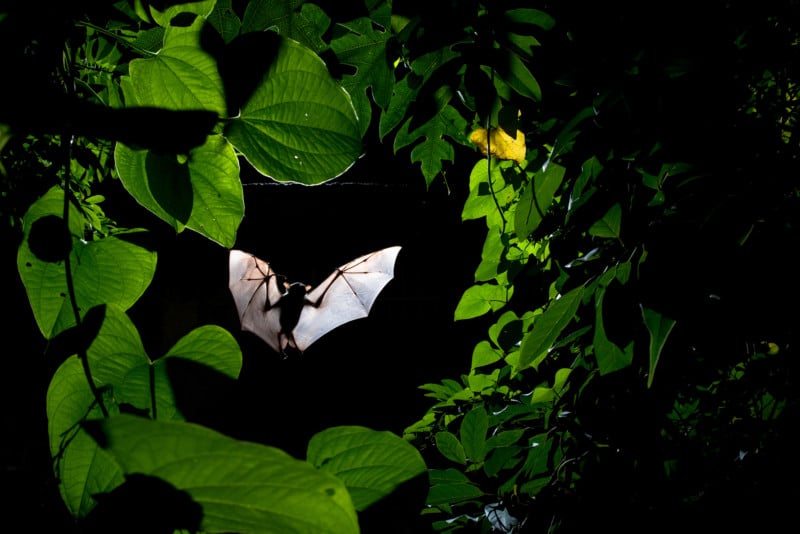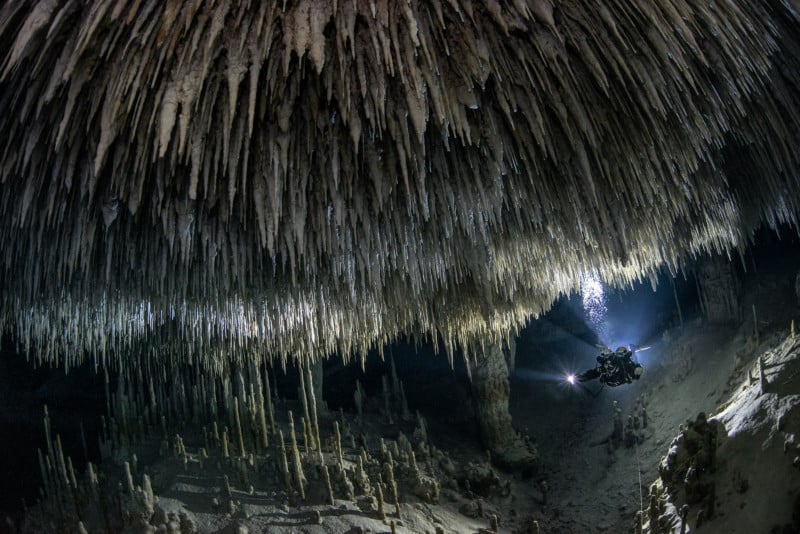Photo of a Ball of Mating Bees Wins 2022 BigPicture Competition

The BigPicture Natural World Photography Competition 2022, which highlights Earth’s biodiversity and illustrates the many threats that the planet faces, has unveiled its winners and finalists.
The competition is run by the California Academy of Sciences and is judged by a panel of nature and conservation photography experts, including Suzi Eszterhas, Sophie Stafford, and bioGraphic contributing photo editor Jaymi Heimbuch.
Last year the Grand Prize winner took home $5,000, as well as being featured in the annual exhibit at the California Academy of Sciences, while the winners in each category received $1,0000 and were also exhibited.
Grand Prize
The Grand Prize, as shown above, went to Karine Aigner for her photo entitled “Bee Balling,” an up-close shot of cactus bees swarming together in a mating ball. The picture, taken in Texas, is unusual because cactus bees are solitary, but nest in near proximity to each other for mating purposes.
“Mating in bee balls often takes place on extremely hot, bare ground,” says entomologist Avery Russell from Missouri State University.
“So the grappling males might risk cooking themselves. The sex ratio in this species is often wildly lopsided, with single females emerging occasionally, dozens of patrolling males finding her in seconds, and potentially thousands of males flying overhead,” he adds.
Mating aggregations only last for a week so photographer Aigner was fortunate to capture this particular mating ball. The native bees lay a critical role as pollinators, especially for prickly pear cacti, a critical source of sustenance for many species in the dry American Southwest.
Terrestrial Winner
Photographer Bence Mate won the Terrestrial Life category with a picture of a Eurasian beaver gnawing a tree while backlit by the first rays of the morning sun. Nearby, previously felled trees sit in the mist-shrouded water, with a glowing spider web festooned on one of the logs.

The stunning image shows how beavers transform their habitats by building dams. The Eurasian beavers were once widespread, but the large rodents were hunted to near-extinction in the 1800s. Their number dropped to a historic low of 1,200 individuals at the beginning of the 20th century, but following a reintroduction effort the beavers now number over one million individuals.
Aquatic Life Winner
California sea lions are iconic members of the Monterey Bay ecosystem but photographer David Slater found a sad scene while diving on a stretch of the sea floor. The dead sea lion was lying on the bed covered in colorful bat stars, decorating the sea lion’s body.

Bat stars are omnivores and feed on carcasses that have fallen to the ocean floor. They don’t move quickly but timelapse footage has shown how they battle furiously as the scavengers jockey for position on a carcass.
Below are the other winners and finalists.









Image credits: This gallery was originally published in bioGraphic, an independent magazine about nature and conservation powered by the California Academy of Sciences, and media partner of the BigPicture Natural World Photography Competition.